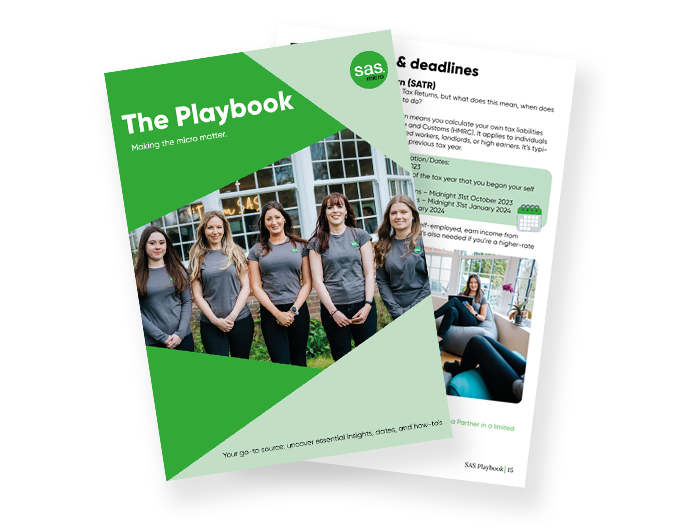Many taxpayers are unaware of the statutory requirements around declaring and paying capital gains tax (CGT) on the disposal of certain residential property. The process differs compared to other assets falling within the CGT regime, and HMRC are likely to levy penalties and interest on any non-compliance. We’ve written this blog to provide clients with a brief overview.
What is capital gains tax?
Capital gains tax is paid on the profit you make when you sell or dispose of an asset. Some assets are tax-free, including your main home. However, if you have a second property (i.e. rental property) that has increased in value since you bought it, you may have to pay CGT on some or all of the profit when you sell it.
At what rate is it paid?
The rate at which you pay CGT varies based on a number of factors, such as your income and the size of the gain. Capital gains tax on residential property may be taxed at the rate of 18% or 28%. You only have to pay CGT on gains that exceed your annual allowance (currently £12,300).
When do I have to pay my capital gains tax bill?
Since 6th April 2020, there have been changes to how customers declare and pay CGT to HMRC.
If you make a taxable capital gain from UK residential property, either as a landlord or second homeowner, you will have to pay the tax owed within:
- 60 days of selling the property if the completion date was on or after 27 October 2021
- 30 days of selling the property if the completion date was between 6 April 2020 and 26 October 2021
How do I work out my taxable gain?
There are various reliefs and allowances which can be utilised when calculating capital gains on residential property and therefore may not always be straightforward. Even if you believe there is a £nil liability, you must still prepare and file a CGT return within the above timeframes and provide HMRC with the supporting calculations.
Please contact a member of #TeamSAS if you require assistance in the preparation and filing of Capital Gains Calculations, as our tax experts will be more than happy to help.

